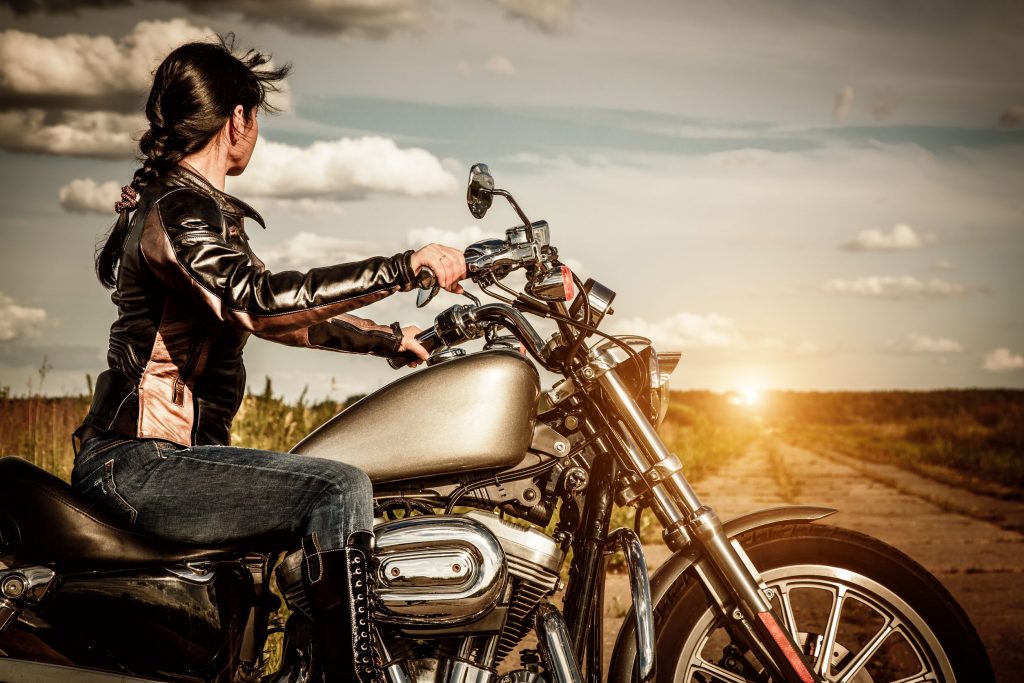
All motorists are instructed to “share the roadway” and obey traffic laws to ensure that all drivers and passengers are safe. Even though all drivers have the same rights and responsibilities, motorcyclists have to be extra alert because when there is a crash between a motorcycle and another type of vehicle, the motorcycle is almost always injured worst.
There are thousands of motorcyclists on the road on any given day. This number increases exponentially when the weather is nice. According to the National Highway Traffic Safety Administration (NHTSA), there were 4,668 motorcyclists killed in vehicle accidents in 2013 and 88,000 motorcyclists injured. Everyone knows that motorcycles can be dangerous both because of safety of the motorcycle itself and because of other drivers on the roadway. Here are some safety tips for motorcyclists and for other drivers sharing the road with them.
#1 – Wear a Helmet! Wear a Helmet! Wear a Helmet!
The NHTSA estimates that helmets saved 1,630 motorcyclists’ lives in 2013. Many motorcyclists who have survived accidents, can give their helmet the credit for saving their lives. Closed head injuries are one of the more common injuries related to motorcycle accidents. Traumatic brain injuries are no joke – they are severe and lasting; affecting brain function and memory for years after the initial impact. Motorcycle helmets reduce the risk of head injury by 69%.
#2 – Obey All Traffic Laws and Speed Limits
Both motorcyclists and motorist alike must remember to share the roadway. Motorists must be reminded that motorcyclists have the same rights as any other driver, including use of the full lane width. Motorists should keep their distance from motorcycles on the roadway and also check their mirrors when changing lanes. An increasing concern in all traffic accidents is the use of cell phones while driving. Motorcyclists should always obey the speed limit and be cautious when switching lanes. While on a motorcycle, it may be tempting to ride the shoulder or travel between lanes, but doing so is a hazard to your safety and to the safety of others traveling on the roadway.
#3 – Lighting
When riding a motorcycle at night it is critical that all lights on the vehicle are working including headlights, taillights, and brake lights. Additional reflectors on the bike and on the motorcyclist’s gear can also help make the motorcyclist more visible to other drivers.
#4 – Other Protective Gear
Not only should motorcycle drivers and riders always wear a helmet, they should also wear other protective gear such as appropriate shoes, riding gloves, and outerwear. These items may prevent severe road rash in the event of a crash or if the driver has to lay the bike down to avoid a collision.
This blog post was submitted by James R. Keller of Keller & Keller, LLP in Indianapolis, Indiana.















